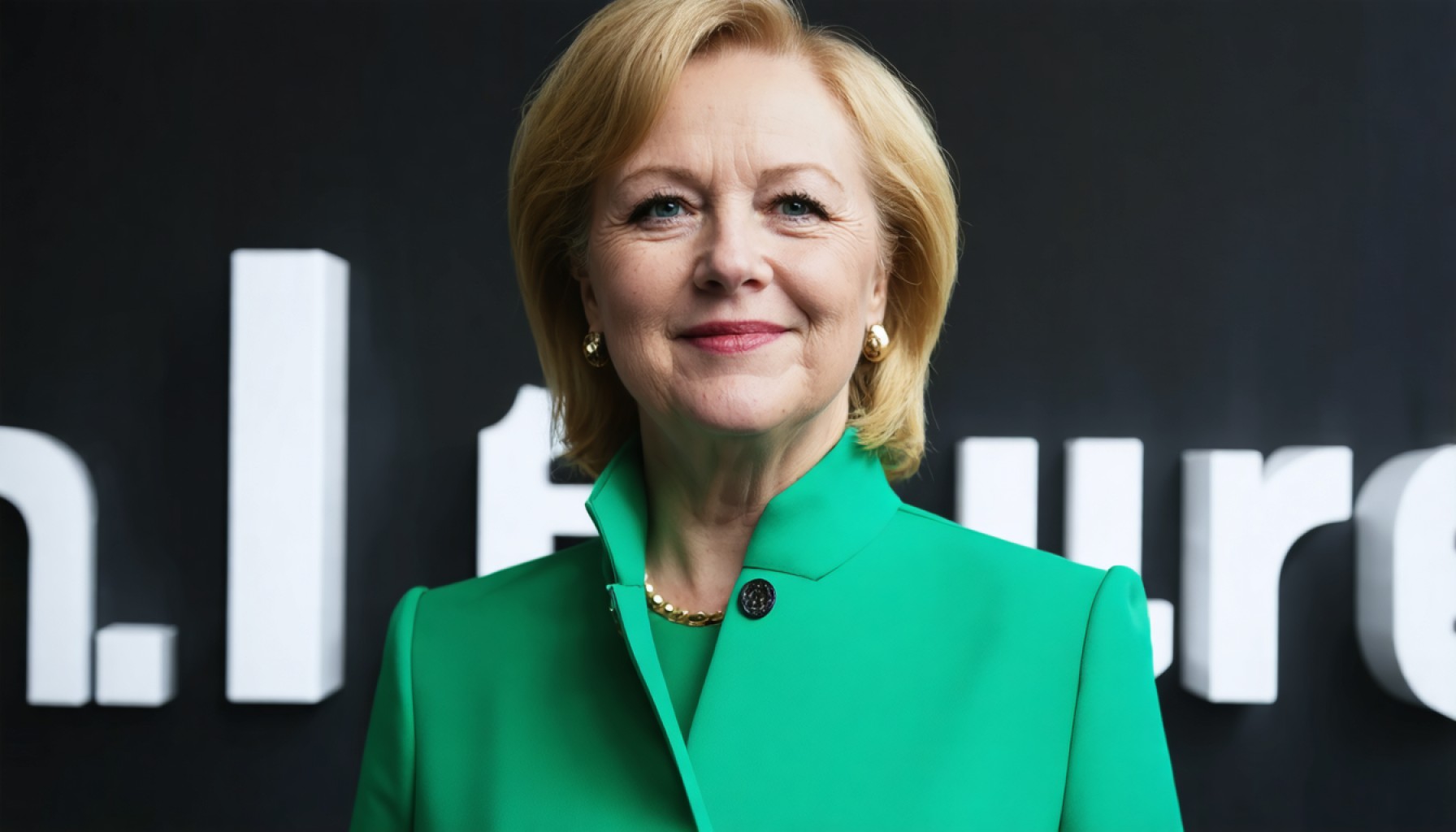- Shefaza Esmail, the Green Party candidate from Waterloo, urges her supporters to support NDP incumbent Catherine Fife.
- This decision aims to prevent vote splitting and counter the Progressive Conservative candidate Peter Turkington’s chances of winning.
- Esmail’s move highlights the strategic importance of consolidating the progressive vote in a multi-party system.
- The call reflects a pragmatic approach to align with broader values and long-term goals, rather than short-term partisan success.
- This development adds intrigue to the Waterloo race, showcasing how unexpected strategies can change the political landscape.
Politics can be an unpredictable game, where alliances often shift like the clouds across a summer sky. In an intriguing twist, Shefaza Esmail, the Green Party candidate from Waterloo, has called for her supporters to rally behind the NDP incumbent, Catherine Fife. This strategic pivot stems from a pressing desire to prevent the Progressive Conservative candidate, Peter Turkington, from charging to victory amidst a fractured vote.
Esmail’s bold move sheds light on a common dilemma in multi-party systems: the fear of vote splitting. By lending her support to Fife, Esmail aims to consolidate the progressive vote, fortifying a formidable barrier against Turkington’s campaign. Her decision underscores the strategic calculus often at play in electoral contests, where the core objective extends beyond mere participation to influencing tangible outcomes.
As voters head to the polls, this development injects a new dynamic into the race, captivating residents of Waterloo with the suspense of an unfolding drama. The underlying message resonates clearly: in politics, sometimes backing a rival is the most pragmatic choice to align with deeper values and goals.
Esmail’s fervent call for unity evokes an image of cross-party solidarity, an appeal resonant with voters wary of watching their desired future slip away due to internal divisions. Through her decision, she has carved a path that prioritizes long-term gains over immediate partisan victories, illustrating the complexities and transformative potential inherent in electoral strategies.
This story serves as a reminder that in the ever-evolving landscape of politics, sometimes the boldest moves are the least expected, offering new horizons in the pursuit of collective ideals.
The Hidden Strategy Behind Political Candidate Endorsements: What Voters Should Know
How-To Steps & Life Hacks for Voters to Maximize Their Impact
1. Understand Strategic Voting: In a multi-party system, casting your vote is not just about personal preference. It involves understanding which candidate has the best chance of defeating an unwanted opponent. Learn the history and polling trends of your riding.
2. Stay Informed About Candidate Alignments: Policies and platforms can evolve, especially close to elections. Follow credible news sources and candidate statements to know where alignments might shift.
3. Engage in Community Forums: Participating in local debates and forums can provide insights into candidate partnerships and strategic moves like endorsements.
Real-World Use Cases of Strategic Endorsements
– Preventing Unwanted Outcomes: Similar to Esmail’s strategy, other scenarios include alliances formed to prevent candidates perceived as harmful from gaining power. For example, during elections in Germany, tactical alliances between parties ensure extremist parties do not enter parliament.
– Issue-Focused Endorsements: Candidates may support opponents who align closely on key issues like climate change, healthcare, or education to prioritize broad policy goals over partisan lines.
Market Forecasts & Industry Trends in Political Endorsements
– Rise of Cross-Party Alliances: As noted by political analysts, the increase in fragmented voter bases has led to more strategic alliances and endorsements across party lines.
– Digital Influence: Social media continues to be a powerful tool for shaping voter perceptions, with strategic endorsements gaining traction online.
Pros & Cons Overview of Endorsing Rival Candidates
Pros:
– Unite Like-Minded Voters: Consolidates votes to prevent splitting and strengthens the chance of achieving shared goals.
– Clearer Policy Focus: Helps voters identify candidates who align with their strongest values, potentially leading to clearer policy outcomes.
Cons:
– Alienate Base: Some loyal supporters might feel betrayed or confused by the endorsement.
– Complexity of Choice: Requires voters to deeply analyze which candidate aligns most effectively with their values in a strategic context.
Controversies & Limitations
– Perception of Manipulation: Critics argue such strategies manipulate the democratic process by pressuring voters to choose the “lesser of two evils.”
– Potential Backfire: If not carefully managed, endorsements can splinter a candidate’s base or lead to accusations of insincerity.
Actionable Recommendations
– Research and Verify: Always verify claims and motives behind endorsements by looking into credible sources or C-SPAN and BBC.
– Consider the Bigger Picture: Evaluate how your vote contributes to your community’s long-term goals and the broader political landscape.
– Join Local Political Groups: Engage with community and issue-based groups to stay informed about strategic voting opportunities.
By taking these steps, voters can effectively navigate the intricacies of political endorsements and make informed choices that align with both short-term and long-term goals.
